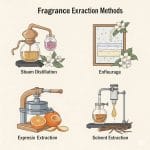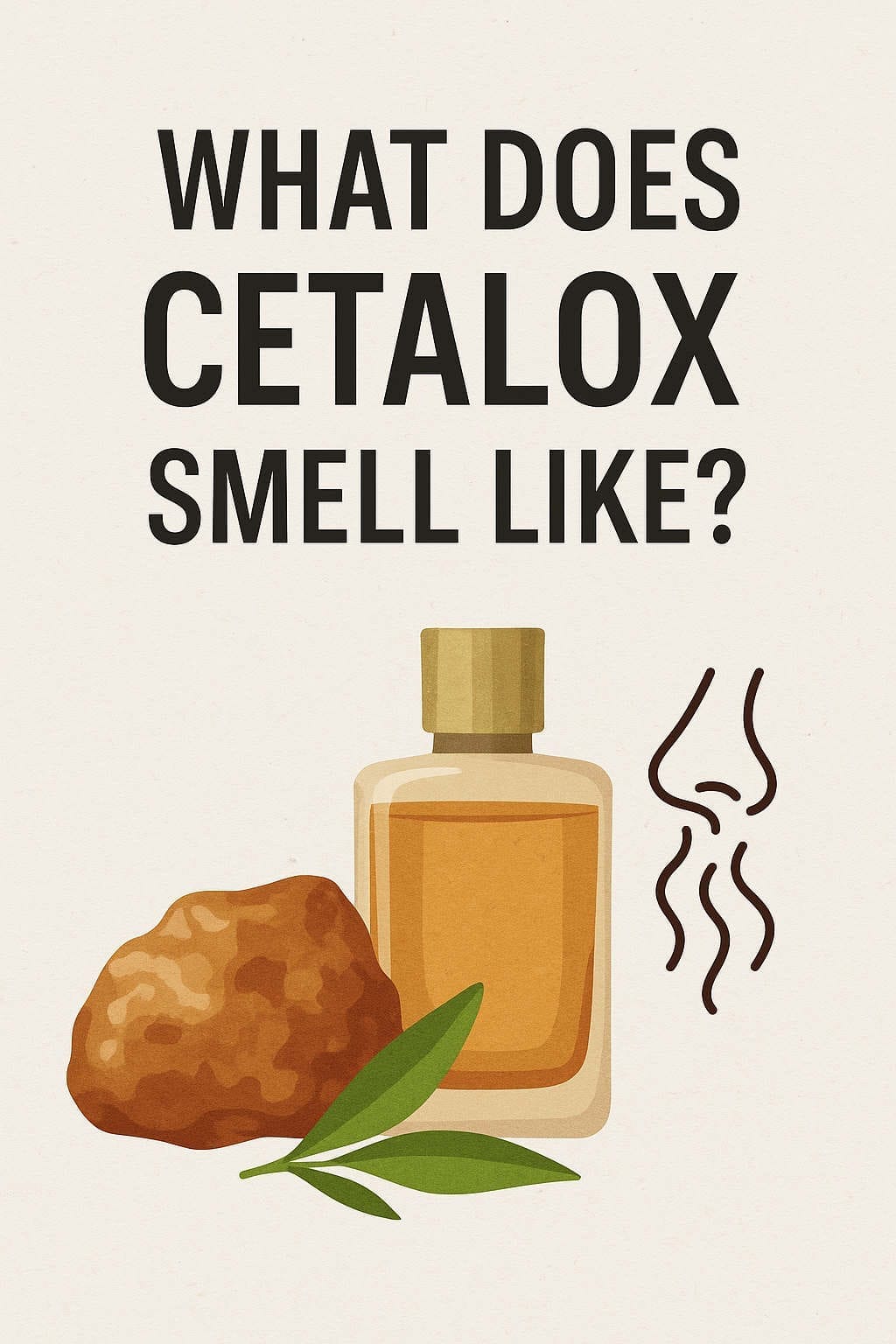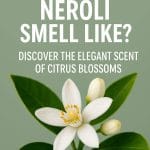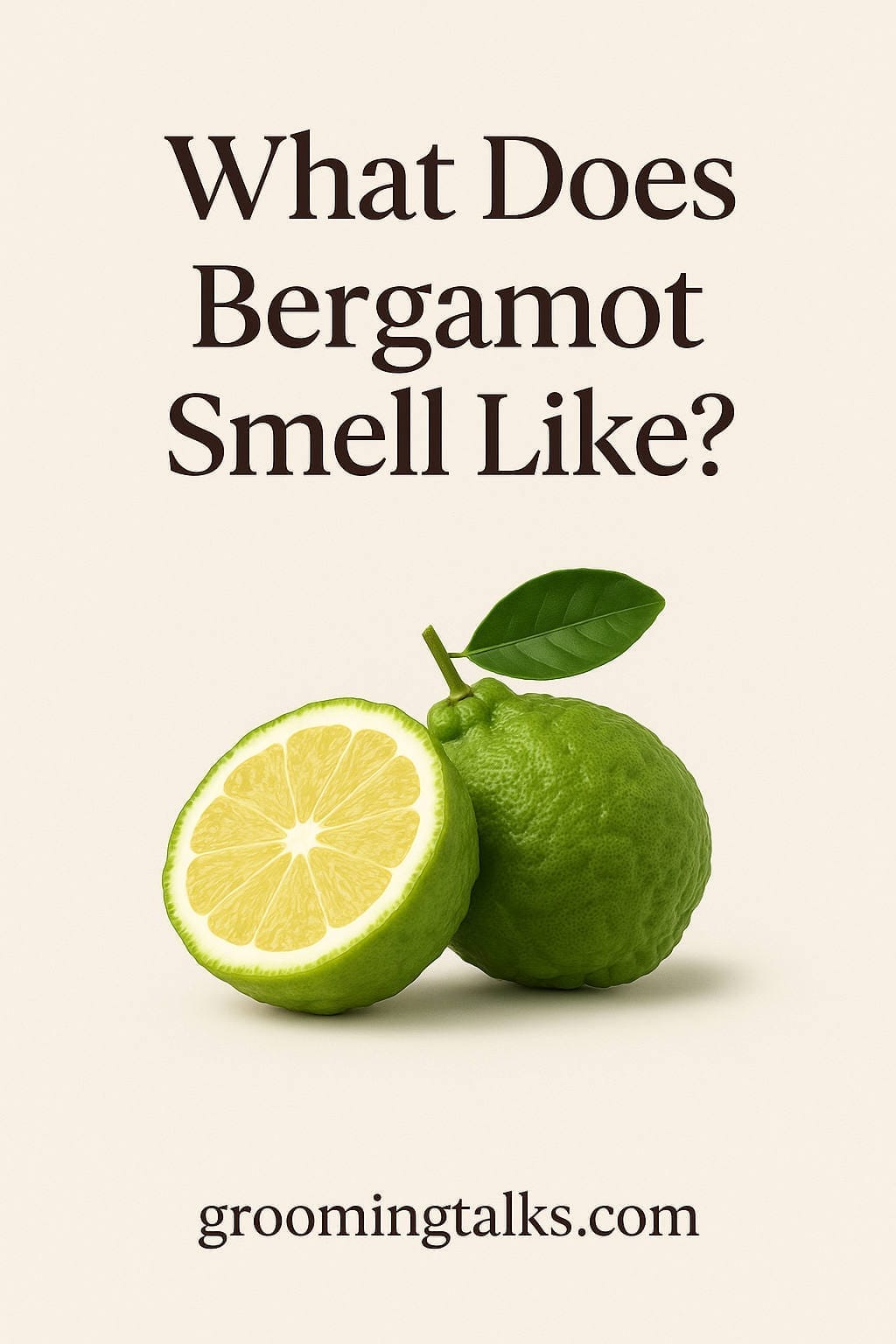Musk is one of the most legendary and sought-after scents in perfumery. Known for its warm, sensual, and long-lasting aroma, it has played a crucial role in fragrances for centuries. However, the way musk is produced has changed dramatically over time. Once extracted from animals, musk is now primarily synthesized in laboratories to create ethical and sustainable alternatives.
In this article, we’ll explore:
- The historical origins of musk
- Traditional methods of musk extraction
- The ethical and environmental concerns surrounding natural musk
- Modern synthetic and plant-based musk alternatives
- Musk’s role in contemporary perfumery
By the end, you’ll have a clear understanding of how musk is made and why it remains such a vital ingredient in the fragrance industry.
What Is Musk?
Musk refers to a class of fragrance compounds known for their deep, warm, and slightly animalic scent. Originally derived from the musk deer (Moschus moschiferus), this aromatic substance was once among the most valuable natural materials in perfumery.
Over time, the term “musk” has evolved to describe a broader range of scents, including those derived from plants and synthetic sources. Today, most perfumes rely on lab-created musk molecules rather than natural animal musk.
The Origins of Musk: A Look into Its History
Musk has been used for over a millennium in perfumes, traditional medicine, and even religious rituals. Ancient records from China, India, and the Middle East highlight its importance as both a fragrance and an aphrodisiac.
By the Middle Ages, musk was one of the most traded luxury commodities, often transported along the Silk Road. European royalty prized it for its longevity and fixative properties, which allowed fragrances to last much longer on the skin.
How Was Musk Traditionally Extracted?
Historically, natural musk was obtained from the male musk deer, a small, shy species found in the mountains of Asia. Only the males produce musk, secreting it from a special gland known as the musk pod.
The Process of Natural Musk Extraction
- Hunting the Musk Deer – Hunters sought out male musk deer in remote regions of Tibet, Mongolia, China, and Siberia.
- Removing the Musk Pod – After the animal was killed, the musk gland was carefully removed.
- Drying the Musk Pod – The gland was dried over heat or in the sun until it hardened into a dark, resinous material.
- Grinding into Powder – Once dried, the musk was crushed into a fine powder, which could be used directly in perfumes or further processed for oil extraction.
Since one musk deer produced only a small amount of musk, it became a highly prized and expensive commodity—at times, more valuable than gold.
Ethical and Environmental Concerns: Why Natural Musk Is No Longer Common
The mass hunting of musk deer for their glands led to a severe decline in their population. As a result, musk deer are now classified as a protected species under the Convention on International Trade in Endangered Species (CITES).
Most countries have outlawed the hunting and trade of natural musk to protect these animals from extinction. In response, the perfume industry has shifted towards synthetic and plant-based musk alternatives.
How Is Musk Made Today? Modern Synthetic and Plant-Based Alternatives
With the ban on natural musk, perfumers turned to chemistry to recreate its scent in a sustainable and cruelty-free way. Today, musk is primarily produced through synthetic and plant-derived methods.
1. Synthetic Musk: A Scientific Revolution in Perfumery
The development of synthetic musk molecules was a breakthrough for the fragrance industry. These lab-created compounds not only mimic the scent of natural musk but also offer improved consistency, stability, and affordability.
There are three main types of synthetic musk:
- Nitro Musks – Developed in the late 19th century, but largely phased out due to environmental concerns.
- Polycyclic Musks (e.g., Galaxolide, Tonalid) – More stable than nitro musks and widely used in commercial fragrances.
- Macrocyclic Musks (e.g., Muscone, Ambrettolide, Exaltolide) – The closest to natural musk in scent and commonly found in high-end perfumes.
2. Plant-Based Musk Alternatives
Certain plant-derived ingredients also possess musky qualities, making them excellent natural substitutes. Some of the most common include:
- Ambrette Seed Oil (Hibiscus abelmoschus) – A sweet, slightly powdery musk extracted from hibiscus seeds.
- Angelica Root (Angelica archangelica) – Offers an earthy, musky aroma with herbal undertones.
- Labdanum (Cistus ladanifer) – A resinous material with warm, deep, and slightly animalic notes.
These plant-based alternatives provide natural, sustainable ways to achieve musk-like scents without harming wildlife.
Musk in Modern Perfumery: Why It’s Still Essential
Even though natural musk is no longer widely used, its influence in perfumery remains strong. Synthetic and plant-based musks are now essential components in fragrances across all categories.
Why Is Musk So Popular in Perfumery?
- Fixative Properties – Musk helps anchor a fragrance, making it last much longer.
- Versatility – It blends seamlessly with floral, woody, oriental, and fresh compositions.
- Sensual Appeal – Musk has a soft, skin-like quality that enhances the warmth and depth of a perfume.
Famous Perfumes Featuring Musk
Many iconic perfumes rely on musk as a key ingredient. Some popular examples include:
- Narciso Rodriguez for Her – A modern take on musk, blending floral and woody notes for a sensual scent.
- Musk by Kiehl’s – A classic musk fragrance with a warm and clean aroma.
- Jovan Musk for Women – One of the most famous musk-based fragrances, known for its timeless appeal.
The Future of Musk: What’s Next?
As fragrance technology advances, new methods of producing musk are emerging. Some companies are now exploring biotechnological approaches, using microorganisms to create musk compounds in a sustainable and eco-friendly way.
With continued innovation, the perfume industry is moving towards even greener and more ethical solutions, ensuring that the rich and alluring scent of musk remains available without harming the environment or wildlife.
Final Thoughts
Musk has undergone a remarkable transformation—from an ultra-rare animal-derived ingredient to an essential part of modern perfumery, now created ethically through science and nature. Whether in high-end fragrances or everyday perfumes, musk continues to be a cornerstone of scent composition.
Thanks to synthetic and plant-based alternatives, we can still enjoy the luxurious aroma of musk without compromising sustainability or animal welfare.
What’s Your Favorite Musk-Based Perfume?
Let us know in the comments! If you found this article helpful, don’t forget to share it with fellow fragrance lovers.
FAQs
1. Is natural musk still used in perfumes?
No, due to ethical and legal restrictions, most modern perfumes use synthetic or plant-based alternatives.
2. What does musk smell like?
Musk has a warm, sensual, and slightly animalic scent. Some variations can also be clean, powdery, or woody.
3. Are synthetic musks safe?
Yes, modern synthetic musks are rigorously tested and widely used in perfumery and cosmetics.
4. How do plant-based musks compare to synthetic ones?
Plant-based musks tend to be softer and more natural-smelling, while synthetic musks offer greater consistency and longevity.






